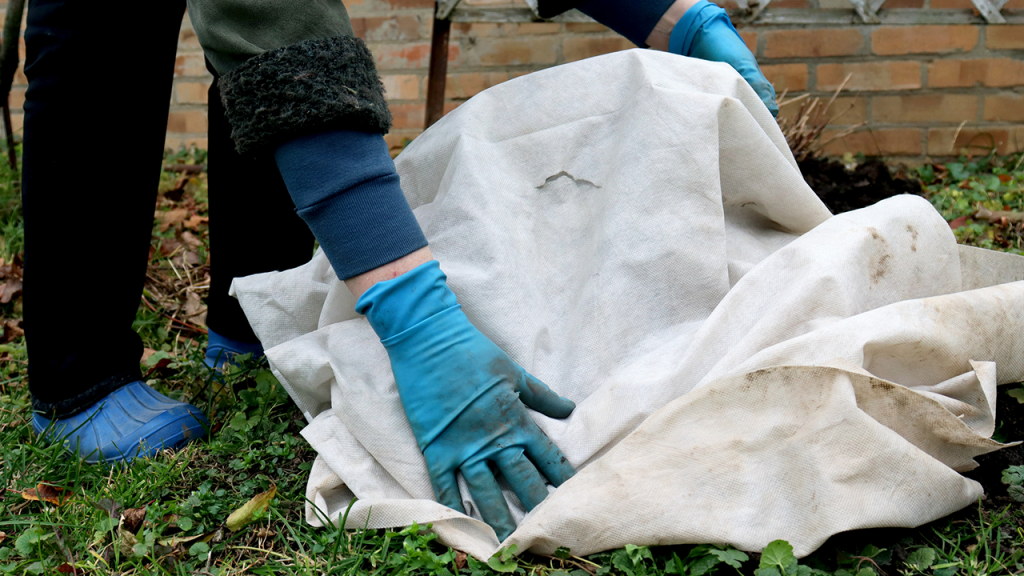Preparing your garden for the dormant winter season is crucial for ensuring its vibrant resurgence in the spring. This preparation involves more than simply tidying up; it requires a proactive approach to protect plants and soil, manage resources, and even support local wildlife. From bolstering your composting system to safeguarding delicate shrubs and providing water for animals, a comprehensive winterizing strategy will lay the foundation for a healthy and thriving garden come springtime.
Soil care is paramount during the winter months. Begin by removing any remaining weeds to prevent them from seeding and creating a larger problem in the spring. A layer of bark mulch, such as Earthgro by Scotts, not only suppresses weed growth but also insulates the soil, regulates moisture levels, and protects vulnerable plant roots from harsh temperature fluctuations. This added layer of protection helps prevent rot and provides a stable environment for overwintering plants. Consider the long-term health of your garden by continuing composting throughout the winter. A well-insulated compost bin, like the Exaco Aerobin 400, maintains the decomposition process even in colder temperatures, converting organic waste into valuable nutrient-rich compost for the following growing season. For smaller-scale composting, a countertop option, such as the Joseph Joseph 1 Gallon Compost Bin, offers a convenient way to recycle kitchen scraps throughout the winter.
Protecting existing plants from winter’s chill is another essential aspect of garden preparation. Delicate shrubs, particularly flowering varieties like hydrangeas and roses, are susceptible to frost damage and benefit from added protection. Invest in specialized freeze protection covers or consider wrapping them in burlap for insulation. These covers create a microclimate around the plants, trapping warmth and shielding them from harsh winds and freezing temperatures. Larger areas can be protected with floating row covers, offering a versatile and cost-effective solution. Trees, especially younger ones, can also benefit from winter protection. Wrapping their trunks with burlap or tree wrap safeguards them from sunscald and frost cracks, ensuring their continued health and growth in the coming years.
Water management is key during winter. Turn off sprinkler systems and other irrigation systems to prevent freezing and potential damage to pipes and fixtures. Standing water can also become a breeding ground for mosquitoes and other pests, further highlighting the importance of proper drainage. While preventing excess water accumulation in your garden is crucial, providing a source of fresh water for local wildlife is equally important. Birds and other animals often struggle to find unfrozen water sources during the winter months. A heated birdbath or a simple bowl of fresh water, replenished regularly, can provide a lifeline for these creatures during periods of freezing temperatures.
Storing garden equipment and furniture properly is another important step in winterizing your outdoor space. A durable and weather-resistant garden shed provides a secure and organized space for tools, hoses, containers, and other gardening essentials, protecting them from the elements and extending their lifespan. Similarly, covering outdoor furniture with protective covers shields them from rain, snow, and debris, ensuring they remain in good condition for the next season. These covers not only protect against weather damage but also prevent the accumulation of dirt and grime, making spring cleanup easier.
Finally, consider the opportunity to prepare for the next growing season even while the current one lies dormant. Early winter is an ideal time to plant spring-flowering bulbs, such as tulips and daffodils. These bulbs require a period of cold dormancy before

